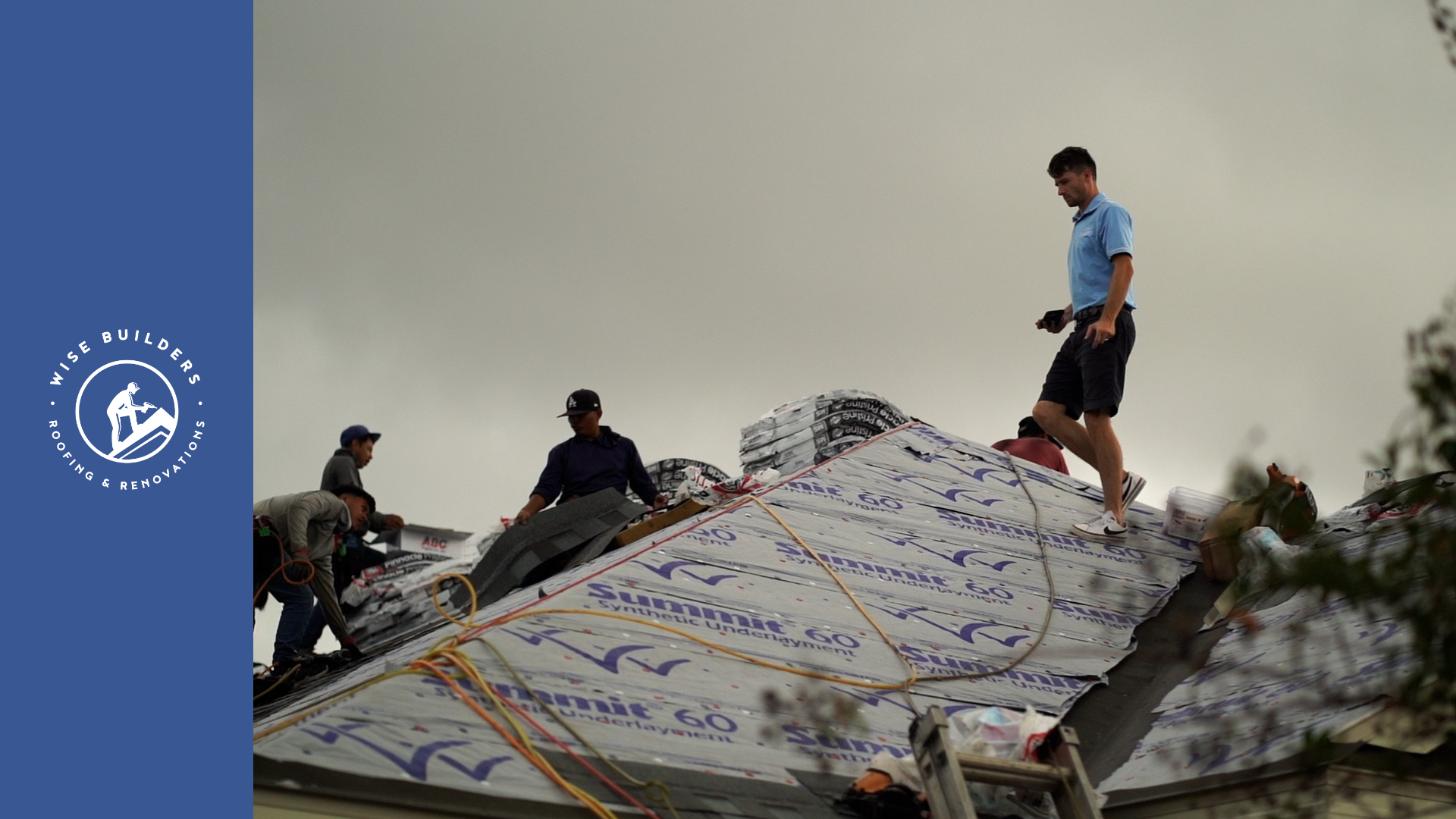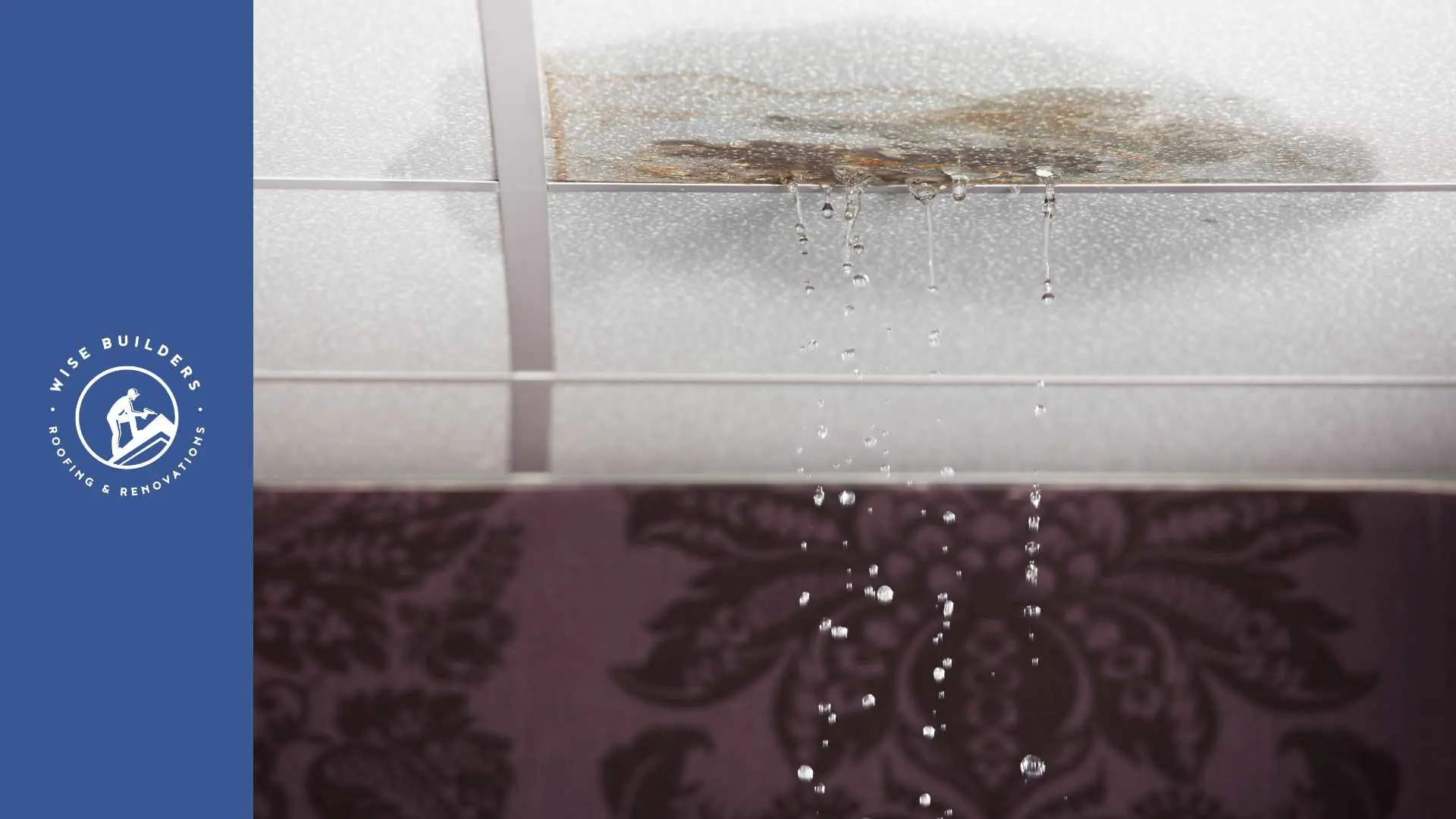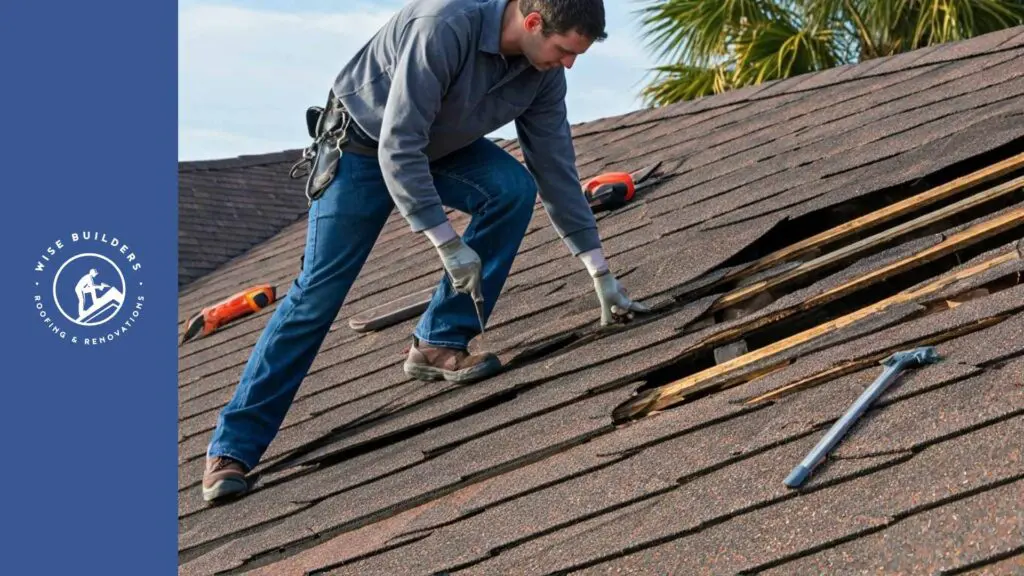
Key Highlights
- An uninsurable roof can disrupt your home insurance coverage, leading to financial vulnerability.
- Factors like roof age, material, condition, and design, along with local climate risks, heavily influence a roof’s insurability.
- Visible damage like missing shingles, leaks, and sagging, alongside poor maintenance, raise red flags for insurance providers.
- Proactive measures such as regular inspections, timely repairs, and choosing durable materials can significantly enhance your roof’s lifespan and insurability.
- If you’re facing an uninsurable roof, explore options like repairs, replacements, or consulting with insurance providers specializing in high-risk properties.
Introduction
Your roof plays a vital role in safeguarding your home and is a significant factor that insurance companies consider when providing home insurance. Understanding what can make a roof uninsurable is crucial for homeowners to maintain continuous insurance coverage and protect their investment. This comprehensive guide explores the key factors that insurance companies assess, the impact of different roofing materials and conditions, and steps to take if your roof is deemed uninsurable.
Key Factors That Make a Roof Uninsurable
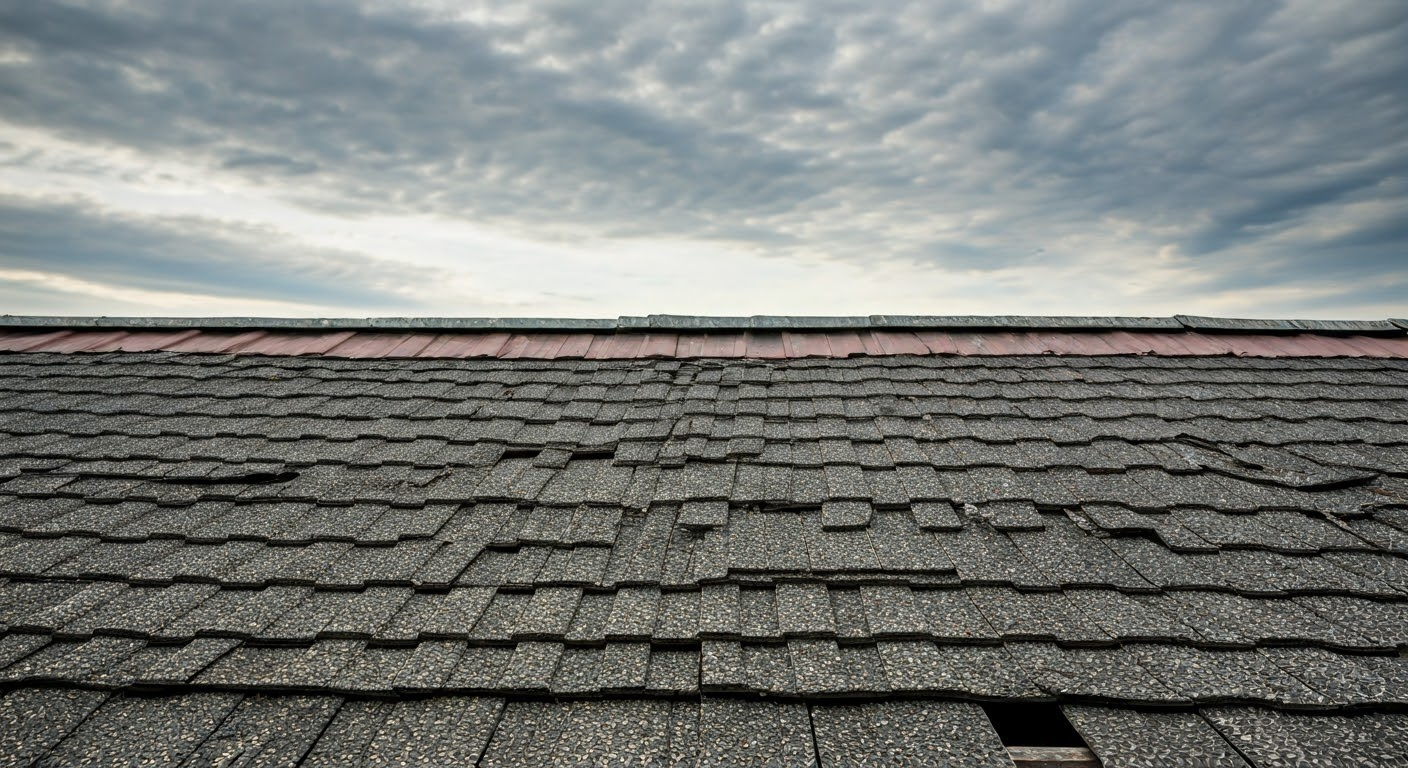
Navigating the complexities of home insurance involves understanding the factors that influence your coverage, particularly concerning your roof. Insurance companies determine a roof’s insurability based on its ability to protect your home from potential hazards.
Factors such as the age and condition of the roof, the materials used in its construction, its design and shape, and the local climate and associated risks all play a crucial role. Understanding these key aspects can help you make informed decisions regarding installation, maintenance, and replacement to ensure continued coverage.
Importance of Roof Age in Insurance Eligibility
One of the primary factors influencing your roof’s insurability is its age. Newer roofs, typically those under 15-20 years old, are viewed more favorably by insurance providers. This is because they are less likely to exhibit signs of wear and tear, reducing the risk of potential claims.
As a roof ages, its structural integrity gradually deteriorates, making it more susceptible to damage from weather events, leading to leaks, and requiring repairs. This increased risk translates into higher premiums or, in some cases, difficulty obtaining coverage.
Regular maintenance and timely repairs can extend the life of your roof and improve its chances of remaining insurable. However, keep in mind that an older roof, even with maintenance, might not provide the same level of protection as a newer one, which factors into insurance assessments.
Impact of Roof Materials on Insurance Decisions
The type of material used in your roof’s construction significantly impacts its durability, lifespan, and, consequently, its insurability. Common roofing materials like asphalt shingles are widely accepted by insurance companies due to their affordability and moderate lifespan.
However, certain roofing materials are viewed as higher risk due to their susceptibility to specific types of damage. For instance, wood shingles, while aesthetically pleasing, pose a higher fire risk and may lead to increased premiums or even declination of coverage in fire-prone areas.
Metal roofs, on the other hand, are often favored by insurance companies. Known for their longevity, fire resistance, and ability to withstand harsh weather conditions, metal roofs offer enhanced protection, potentially leading to lower insurance premiums. When selecting roofing materials, it’s wise to consider their impact on your insurance costs and consult with your insurance provider for guidance.
How Roof Condition Affects Insurability
Beyond the age and materials used, the overall condition of your roof is a crucial determinant of its insurability. Insurance companies evaluate the roof’s structural integrity, looking for any signs of damage, wear, and previous repairs.
A well-maintained roof, free from leaks, missing shingles, or visible sagging, indicates a lower risk of potential claims, making it more attractive to insurers. Conversely, a roof in poor condition, exhibiting neglect or significant damage, is likely to raise concerns, resulting in higher premiums or even denial of coverage.
Signs of Wear and Tear that Compromise Insurance
Being able to identify signs of deterioration on your roof can help you address issues proactively and maintain your home’s insurability. Some common red flags include missing or damaged shingles, which may indicate vulnerability to leaks and water damage.
Curling or buckling shingles signal weathering and aging, potentially compromising the roof’s effectiveness. Look out for signs of leaks, water stains, or mold growth in your attic or ceilings, as they suggest existing roof damage that requires immediate attention.
Furthermore, sagging or uneven rooflines may indicate structural damage, potentially leading to significant repair costs. Regularly inspecting your roof and addressing any visible signs of wear and tear can prevent minor issues from escalating into major problems that could jeopardize your insurance coverage.
How Severe Damage Leads to Insurance Rejection
In cases of severe damage, such as that caused by storms, falling trees, or prolonged neglect, insurance companies might reject coverage or substantially increase premiums. Significant damage compromises the roof’s structural integrity and poses a considerable financial risk to insurance providers.
The extent of damage, the cost of repairs, and the likelihood of recurring issues all factor into the insurer’s decision. If the cost of repairs exceeds a certain percentage of the home’s value, the insurance company might consider it a total loss, making it difficult or impossible to obtain coverage.
Proactive maintenance and addressing any damage promptly can mitigate the risk of encountering such situations. Regularly inspecting your roof, especially after severe weather events, and documenting any damage can aid in the insurance claim process if needed.
Types of Roofs and Their Insurability
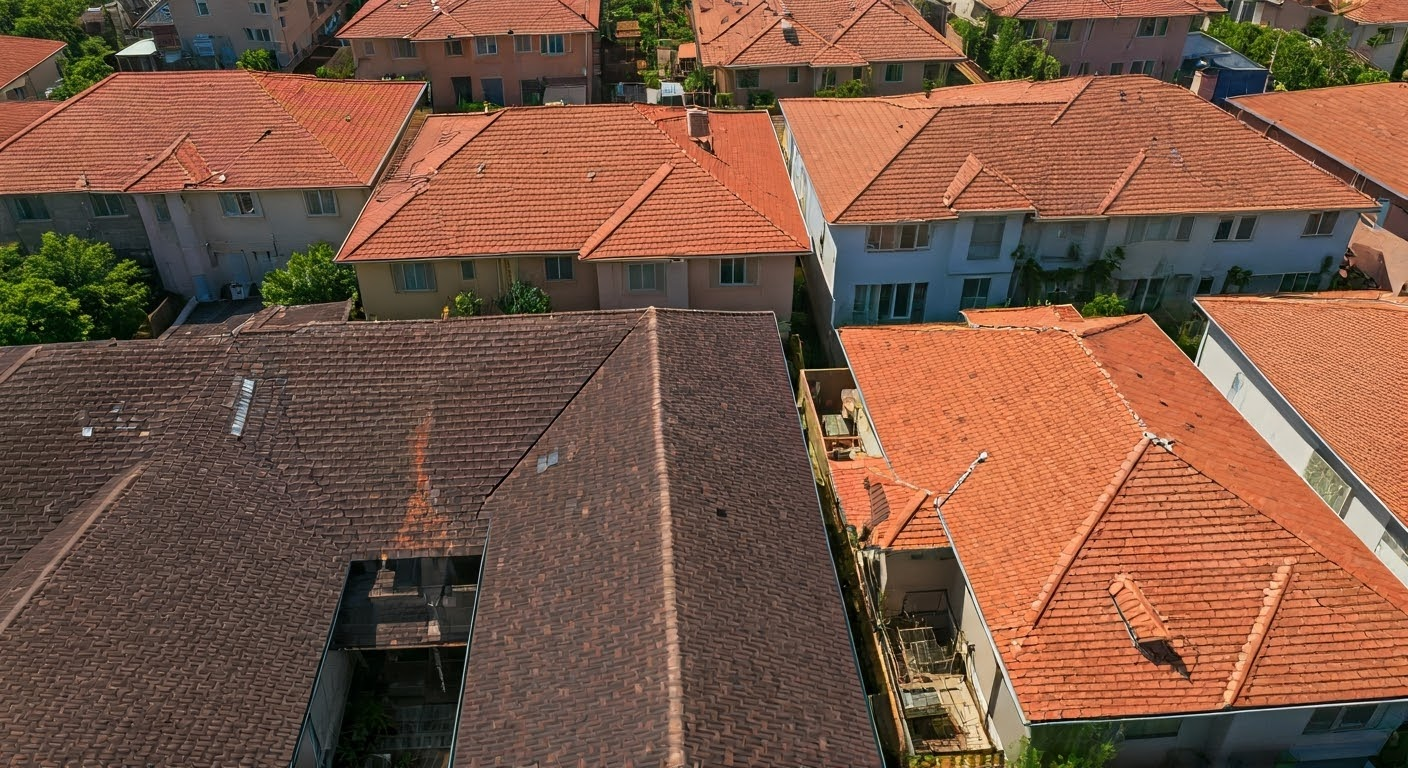
Just as the condition and material of a roof are important for insurability, so too is the roof’s design. Insurance companies have preferences regarding the shape and style of roofs, as some designs are more vulnerable to specific types of damage.
Understanding how different roof types are perceived by insurance providers can guide homeowners in making informed decisions during construction or replacement, ensuring their homes remain adequately protected.
Common Roof Types and Insurance Preferences
Insurance companies often favor certain roof types due to their structural stability and resilience against weather elements. Hip roofs, recognized by their four sloping sides, are generally preferred for their stability and wind resistance, potentially leading to lower insurance premiums in areas prone to hurricanes or strong winds.
Gable roofs, with their triangular shape, are common but can be more susceptible to wind damage, potentially resulting in slightly higher insurance costs in wind-prone regions. Flat roofs, while modern in design, pose drainage concerns and might require specialized coatings or membranes to ensure adequate protection, impacting insurance assessments.
| Roof Type | Description | Insurance Preference |
|---|---|---|
| Gable Roof | Triangular shape, common, affordable | Moderate, can be susceptible to wind damage |
| Hip Roof | Four sloping sides, stable, wind-resistant | Generally preferred, potentially lower premiums |
| Flat Roof | Requires proper drainage and specialized materials | Can be less favorable, depending on material and maintenance |
Uninsurable Roof Styles and Materials
Certain roof styles and materials are often deemed uninsurable due to their inherent risks and susceptibility to damage. Wood roofs, while aesthetically pleasing, are generally considered high-risk due to their flammability, particularly in areas prone to wildfires.
Insurance companies might refuse coverage for homes with wood roofs or substantially increase premiums to offset the increased risk. Similarly, roofs constructed with outdated or hazardous materials, such as asbestos tiles, might be deemed uninsurable.
These materials not only pose health risks but might also be subject to local building codes and regulations, impacting their eligibility for insurance coverage. When considering roof replacements or new construction, it’s crucial to research and select materials that meet insurance standards to ensure your investment remains protected.
Steps to Take if Your Roof is Deemed Uninsurable
Discovering that your roof is uninsurable can be stressful. However, there are steps you can take to remedy the situation and secure the necessary insurance coverage for your home. Begin by scheduling a professional roof inspection to assess the extent of the issues and explore potential solutions.
Based on the assessment, you can decide on the most appropriate course of action, whether it involves making the necessary repairs or considering a roof replacement. Remember that open communication with your insurance provider throughout the process is crucial to explore available options and ensure your home is adequately protected.
Professional Assessment and Documentation
If your roof is deemed uninsurable, the first step is to obtain a professional assessment from a qualified roofing contractor. A thorough roof inspection will identify any underlying issues, assess the severity of damage, and provide recommendations for repair or replacement.
This professional assessment carries significant weight with insurance providers. It serves as documentation of the current condition of your roof and outlines the steps needed to mitigate any risks. Be sure to request a detailed report from the roofing contractor, including photographs and a clear explanation of their findings.
This documentation will be crucial when discussing your options with your insurance company. Transparency and providing evidence of professional assessment demonstrate your commitment to addressing the issue and can facilitate a smoother resolution process.
Exploring Repair and Replacement Options
Once you have a professional assessment of your roof’s condition, you can explore suitable repair or replacement options. If the damage is minimal and localized, making the necessary repairs might be sufficient to address the insurance concerns.
However, if the roof is extensively damaged, nearing the end of its lifespan, or requires a complete overhaul, roof replacement becomes a more practical and cost-effective solution. While roof replacement involves a larger upfront investment, it offers long-term benefits.
A new roof enhances your home’s protection, provides peace of mind, and can potentially lower insurance premiums. When making this decision, weigh the costs and benefits, considering factors like the roof’s age, the extent of damage, and the long-term value it adds to your property.
Conclusion
In conclusion, it is crucial to prioritize your mental health and well-being. By maintaining a healthy sleeping routine, being mindful of your consumption habits, engaging in therapeutic activities, and cultivating a positive mindset, you can take proactive steps to care for your mental health. Remember, self-care is not selfish—it is a necessary investment in your overall happiness and quality of life. Start today by implementing these tips and making your mental health a top priority. Your future self will thank you.
At Wise Builders, We ensure our clients receive the best possible outcomes. Our commitment to quality workmanship and customer satisfaction is unwavering, making us the top choice for residential Roofing services in our community.
Frequently Asked Questions
Can minor roof damages lead to insurance denial?
While minor issues might not lead to immediate denial, they could result in higher premiums or required repairs. Insurance companies evaluate the risk of future, potentially costly claims. Ignoring minor issues can increase the likelihood of bigger problems, making your home a higher risk.
How often should I inspect my roof to maintain insurability?
Regular roof maintenance, including inspections at least twice a year and after severe weather events, is crucial to maintain insurability. Early detection of potential issues allows for prompt repairs, preventing minor damages from escalating into major problems that could jeopardize your coverage.



